Tamron SP 70-300mm F/4-5.6 Di VC USD Handleiding
Bekijk gratis de handleiding van Tamron SP 70-300mm F/4-5.6 Di VC USD (17 pagina’s), behorend tot de categorie Lens. Deze gids werd als nuttig beoordeeld door 100 mensen en kreeg gemiddeld 4.2 sterren uit 50.5 reviews. Heb je een vraag over Tamron SP 70-300mm F/4-5.6 Di VC USD of wil je andere gebruikers van dit product iets vragen? Stel een vraag
Pagina 1/17

LENS CATALOGUE
2019.8.E

2
With Tamron’s unique lens portfolio, photographers can use their camera’s entire potential.
Advanced imaging technology and modern optical systems guarantee unbelievable optical
performance. Fast AF, precise VC image stabilization, and high-quality lens coatings open up new
ways to express yourself. For more than 60 years, Tamron lenses have been the “creative eyes” of
photographers at every level of experience.
TAMRON PHOTO LENSES
UNCOVER YOUR CREATIVITY

4
TECHNOLOGY
LD
XLD
Broadening the possibilities of photographic expression with
TAMRON LENS TECHNOLOGIES
Superior Performance for Discriminating Shooters
LD (Low Dispersion) Glass for Greater Lens Sharpness
XLD (eXtra Low Dispersion) Lens
The Tamron SP (Superior Performance) series is a line of ultra-high-performance
lenses designed and manufactured to the exacting specifications demanded by
professionals and others who require the highest possible image quality. In creating
SP lenses, Tamron’s optical designers put their foremost priority on achieving
superior performance parameters—they are all designed to a higher standard
with little regard for cost constraints. As a result, Tamron lenses bearing the SP
designation feature impressive and innovative designs that have established an
enviable reputation for excellence among those knowledgeable photographers that
demand the very best.
AD (Anomalous Dispersion) for Better Color Correction
AD glass is a special type of optical glass that is used to achieve more
precise control of chromatic aberrations, thereby enhancing overall imaging
performance. Glass of this type provides an abnormally large partial dispersion
ratio (amount of diffraction) for light of specific wavelength ranges (colors)
within the visible spectrum. By combining AD glass having these special
characteristics with elements made of normal glass having different dispersion
characteristics, it is possible to control the dispersion factors of a specific
wavelength. This enhanced level of control results in much lower levels of on-axis
(central) chromatic aberration for telephoto lenses (or zooms used at telephoto
settings) and a signicant reduction of lateral (peripheral) chromatic aberration
for wide-angle lenses (or zooms used at wide-angle settings).
LD glass elements in a lens help reduce chromatic aberrations, the tendency
of light of different colors to focus at different points on the image plane.
Chromatic aberration reduces the sharpness of an image, but glass with an
extremely low dispersion index has less of a tendency to separate (diffract) a
ray of light into a rainbow of colors. This characteristic allows the lens designer
to effectively compensate for chromatic aberration at the center of the eld (on
axis), a particular problem at long focal lengths (the telephoto end of the zoom
range), and for lateral chromatic aberration (toward the edges of the eld) that
often occurs at short focal lengths (the wide-angle end of the zoom range).
XL D len s elem ents ma de from speci a l ized ultra-high-grade glass allow
Tamron lens designers to achieve much greater control over chromatic aberration
(color fringing) and magnification aberrations, the two major factors that inhibit
image quality enhancement. In combination with LD elements, XLD elements are
used to achieve sophisticated lenses that deliver the highest possible contrast,
the nest detail, and superior imaging performance throughout the entire zoom
range.
Regular
Optical G slas
Image eplan Image eplan
LD sGlas
The difference in chromatic aberration between normal optical glass and LD glass elements (schematic diagram)
The difference in partial dispersion factors between normal optical glass and AD glass
elements (schematic diagram)
Regula ica lasr Opt l G AD Glass s
Possesses a r yel ivelat
unifor iam part l di n ospersio rati
Extremel ispersioy l ge p dar artial n r atio
relative to a specic wavelength zone
AD
SP
Camera Compatibility
The designation Di (Digitally Integrated) refers to a lens developed specially
for the exacting requirements of digital cameras. Please ensure when
purchasing that the lens has the correct mount for your camera system.
Di For full-frame and APS-C format DSLR cameras
Di II For APS-C format DSLR cameras
Di III For mirrorless interchangeable-lens cameras
Some models cannot be used with all mounts. You can nd an overview on pages 30
to 31. Di lenses with built-in motors for Nikon and Di II lenses have no aperture ring.
Product specificaties
| Merk: | Tamron |
| Categorie: | Lens |
| Model: | SP 70-300mm F/4-5.6 Di VC USD |
| Gewicht: | 765 g |
| Diameter: | 81.5 mm |
| Lensstructuur (elementen/groepen): | 17/12 |
| Lengte: | 151.1 mm |
| Dichtstbijzijnde focus afstand: | 1.5 m |
| Maximum aperture number: | 45 |
| Minimum aperture number: | 4 |
| Maat filter: | 62 mm |
| Lens type: | Telezoomlens |
| Component voor: | SLR |
| Manuele focus: | Ja |
| Kijkhoek lens, diagonaal: | 34 - 8 ° |
| Aantal diafragma bladen: | 9 |
| Afbeeldingsensor format: | APS-C, Full frame |
| Maximum vergroting: | 4 x |
| Compatibele camera merken: | Canon, Nikon, Sony |
| Ultrasonische motor (USM): | Ja |
Heb je hulp nodig?
Als je hulp nodig hebt met Tamron SP 70-300mm F/4-5.6 Di VC USD stel dan hieronder een vraag en andere gebruikers zullen je antwoorden
Handleiding Lens Tamron
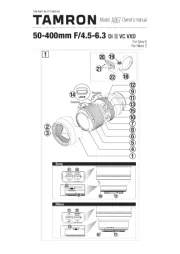
1 September 2025
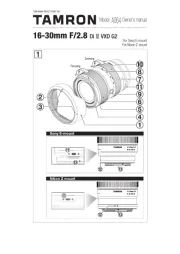
1 September 2025
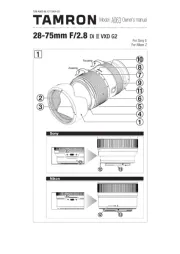
5 Augustus 2025
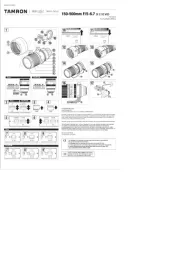
10 Juni 2025

2 April 2025

25 November 2024

16 November 2024

16 November 2024

16 November 2024

16 November 2024
Handleiding Lens
- DENZ
- Yongnuo
- Pelco
- Fujinon
- Irix
- Vivitar
- Optoma
- 7artisans
- NiSi
- Metabones
- Astera
- Celly
- Fujifilm
- Marshall
- Nikon
Nieuwste handleidingen voor Lens
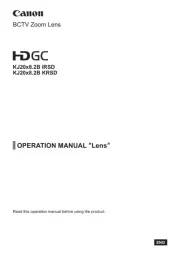
1 September 2025
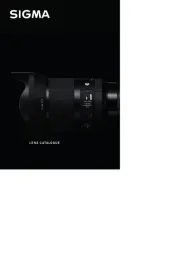
31 Augustus 2025
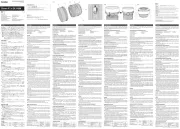
31 Augustus 2025
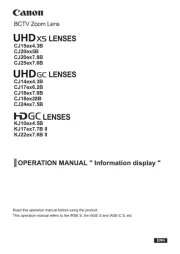
27 Augustus 2025
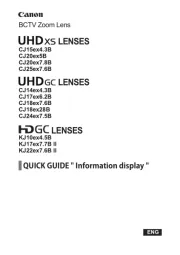
26 Augustus 2025
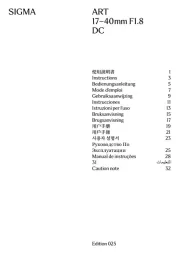
25 Augustus 2025

18 Augustus 2025
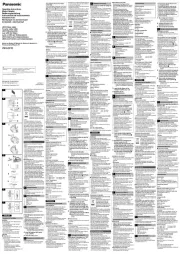
18 Augustus 2025
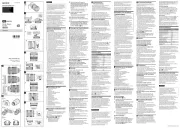
6 Augustus 2025
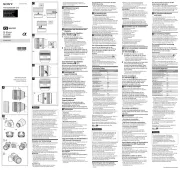
6 Augustus 2025